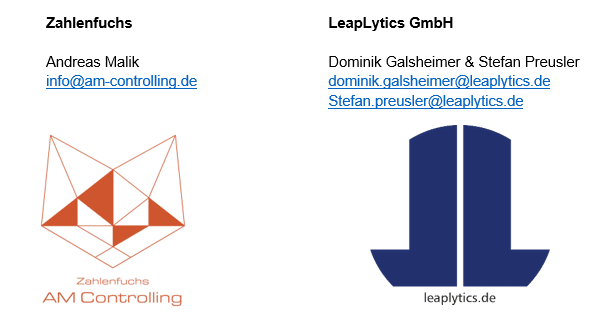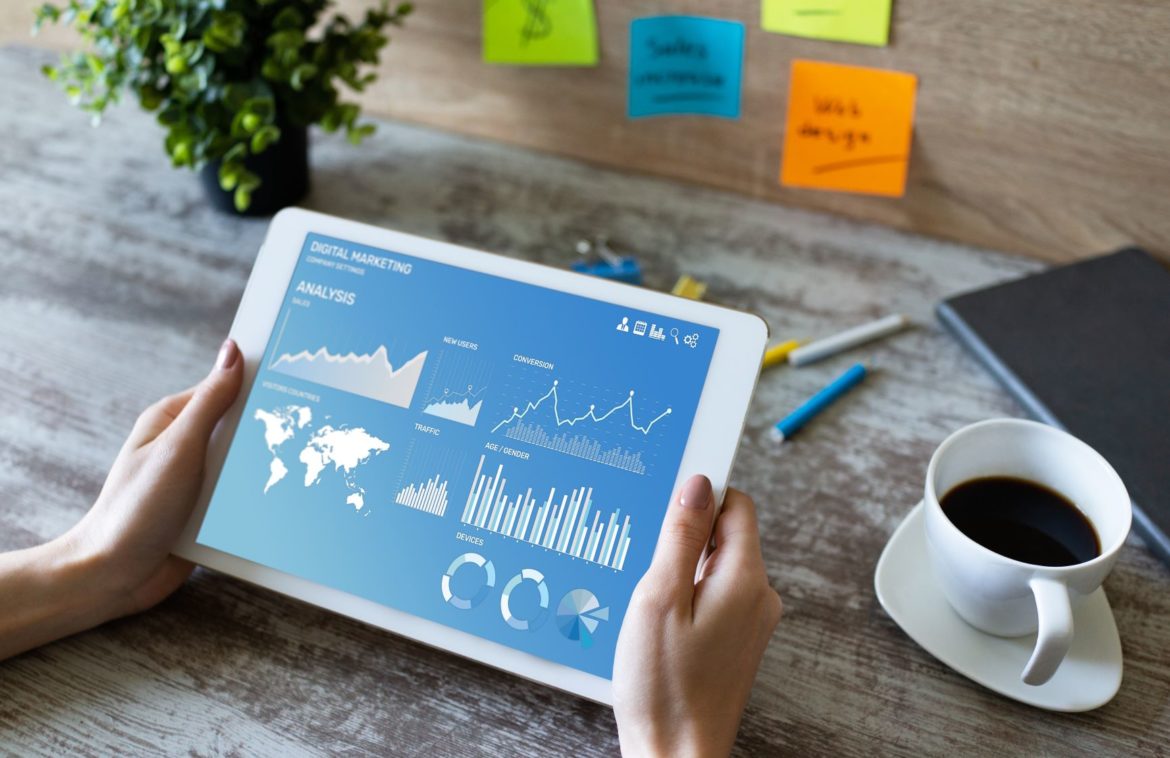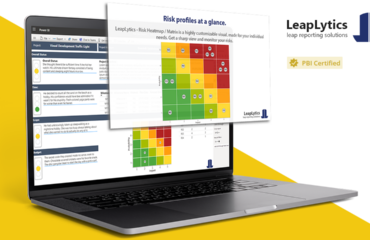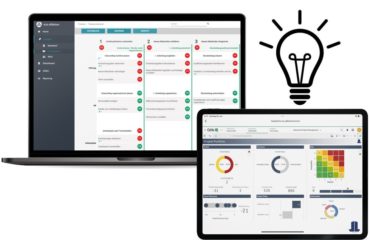Ceux qui connaissent l'avenir ont une longueur d'avance ! Découvrez dans notre article en trois parties pourquoi la veille stratégique est particulièrement importante pour les petites et moyennes entreprises (PME), à quel point la première étape est difficile, mais quels sont les avantages essentiels et comment vous pouvez aborder le sujet de manière efficace. Andreas Malik, expert en contrôle et gestion des PME, ainsi que Stefan Preusler et Dominik Galsheimer, spécialistes de la Business Intelligence et fondateurs de l'un des principaux fournisseurs de visualisations de données et de tableaux de bord dans le domaine de Power BI et Qlik Sense, vous guideront à travers ces trois parties passionnantes de la série d'articles grâce à leurs expériences et à leurs connaissances d'experts. Dans la première partie, nous verrons pourquoi la Business Intelligence et les PME vont bien ensemble. La deuxième partie traite de l'identification claire des avantages et donc du moment opportun pour commencer. La troisième partie présente les premières étapes importantes de la mise en œuvre et de l'introduction.
Partie 1 : Pourquoi la BI et les PME font bon ménage
En période de crise, de guerre et de changements de plus en plus rapides dans l'environnement économique, il est important que les entreprises réagissent à un stade précoce.
Pour relever ces défis, il est nécessaire d'analyser les données relatives à tous les processus opérationnels afin de les résumer de manière pertinente et de réduire au maximum le temps nécessaire à la préparation des informations utiles à la prise de décision. Cette tâche est réalisée par ce que l'on appelle la Business Intelligence (BI). La BI est un terme générique qui désigne les méthodes et les processus d'analyse systématique des données.
Il y a quelques années encore, la BI était réservée aux grandes entreprises. En particulier en raison des coûts élevés des solutions de BI, la Business Intelligence n'était pas intéressante pour les entreprises de taille moyenne. Mais entre-temps, la BI est également arrivée dans les petites et moyennes entreprises (PME). Mais comment ces PME sont-elles définies ?
Pour la plupart des très petit entreprises (définition de l'UE <10 employés, chiffre d'affaires < 2 millions d'euros par an), le modèle de données est gérable et est mappé à l'aide de MS-Excel. Ici, les valeurs de base et les chiffres clés sélectionnés sont souvent suffisants pour l'analyse des écarts mensuels. La présentation se fait sur une page DIN-A4 avec le compte de résultat, le bilan et les données sur les liquidités. En outre, des informations sur l'état des commandes, la productivité (ou l'utilisation des capacités) et les événements généraux du marché sont présentées.
En petites entreprises (10 à 50 employés, chiffre d'affaires de 2 à 10 millions d'euros par an), le système de contrôle de gestion est un peu plus étendu. Outre un plus grand nombre de chiffres clés et d'analyses des écarts, il existe généralement un aperçu/une prévision.
Dans le cas de les entreprises de taille moyenne (50 - 250 employés, ventes de 10 - 50 millions d'euros par an), les informations relatives à l'avenir sont également prises en compte en plus des valeurs détaillées, des chiffres clés et des analyses. L'accent est mis sur une densité d'information équilibrée et claire.
Les solutions BI ne sont pas des systèmes prêts à l'emploi ; elles sont conçues individuellement pour l'entreprise (personnalisation). Elles sont conçues en tenant compte des exigences respectives de l'entreprise. Une conception soignée est cruciale pour les avantages et la praticité d'un système de BI.
La conception de la BI ou "Quelle analyse le client peut-il voir dans son cockpit ?"
- La première étape consiste à définir l'objectif spécifique de l'entreprise en matière de BI. Pour ce faire, l'entrepreneur/contrôleur doit formuler les chiffres clés et les évaluations qu'il souhaite obtenir au final.
- Dans l'étape suivante, ces exigences sont affinées et concrétisées. 3.
- Afin d'obtenir les chiffres/informations clés, il convient d'examiner quelles données sont déjà disponibles et lesquelles sont encore nécessaires. Les sources de données doivent être clarifiées.
- Le système de reporting est conçu sur la base des ratios et des analyses définis précédemment.
- Relier les données pertinentes provenant de diverses sources (mise en place d'un entrepôt de données).
- L'établissement d'un lien entre la base de données et le système d'information souhaité.
- Résultat : un poste de pilotage spécifique à l'entreprise
Un système de BI par rapport à Excel, ou "Quand dois-je passer d'Excel à un système de BI ?
MS-Excel permet aujourd'hui de réaliser de nombreuses analyses et de créer de petits automatismes (macros VBA). L'avantage est qu'il est disponible dans toutes les entreprises, qu'il peut être mis en œuvre rapidement et qu'il est également bon marché.
- En tant que très petit entreprisesEn général, cela suffit. Dans ce cas, il peut être judicieux de déterminer, avec l'aide d'un expert en contrôle de gestion, si ces évaluations sont suffisantes pour gérer l'entreprise avec succès.
- En tant que petite entrepriseLes évaluations basées sur Excel pour la gestion d'entreprise atteignent rapidement leurs limites. Les dépenses manuelles élevées sont sujettes aux erreurs, prennent beaucoup de temps et sont unidimensionnelles. À ce stade, il est judicieux d'examiner les avantages de la BI. Le plus simple est d'organiser une consultation sans engagement.
- En tant que entreprise de taille moyenneIl est essentiel de disposer d'un système de veille stratégique pour pouvoir fonctionner avec succès en tant qu'entreprise. Avec un système purement basé sur MS-Excel, vous perdez beaucoup de temps et d'argent.
La deuxième partie de cette série d'articles sera publiée la semaine prochaine. Vous y découvrirez pourquoi il est difficile de déterminer le bon moment pour introduire la BI et comment vous pouvez maîtriser cette tâche.
Pour toute question complémentaire, nous restons à votre disposition :






